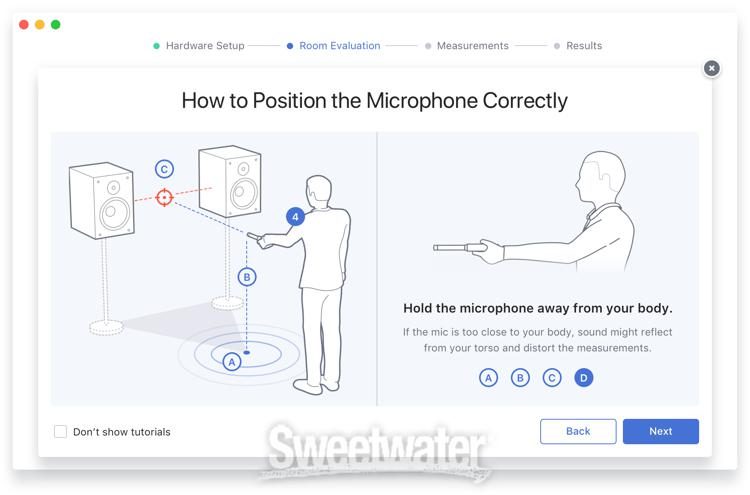
Obviously Sonarworks calibration gets rid of the U curve and makes these headphones a perfect candidate for mixing and mastering just about any kind of music. At the same time, it will allow your mixes to translate well to speakers and just about any headphone out there.Īll in all, these headphones are a great candidate for calibration due to the low inherent THD and little change in tonality depending on how they’re placed on one’s ears. Your ears will need some time to readjust to the reference sound signature and your first impression will surely be dull for lack of a better word. We can bet that when you turn on the Sonarworks Reference 3 plug-in, you’ll wonder who flicked the fun switch off! Resist the urge to take the headphones off and listen to some well- mastered tracks. This paragraph will explain what can be gained by applying digital calibration to these already great headphones.

They turned these headphones into a serious instrument even fit for mastering. These profiles are available for every Sonarworks Reference 3 plug-in user. In general, this peaking can cause your mixes to be dull – one of the inherent cons of all “exciting” headphones, if used in studio.Īfter we meticulously measured every dip and peak found in the M50x, our engineer generated a calibration profile. Secondly, your sweeps won’t be as accurate because the FR peak will give you a false sense of rising. First of all, too much de-essing will be applied to the vocals, as the peak resides right at the sibilant range. On the top end of the U curve we have a peak at 5.5kHz-10kHz which goes up to +7dB at 10kHz which can cause a number of issues. The effect will be subtle, but must be taken into account to prevent chasing ghosts in the mix. With the M50x, some string instruments like guitars for example will change tonality, depending on how they’re panned. At 200Hz-600Hz there is a wide dip which drops to around -5dB, whilst not too annoying to consumers, it can cause trouble to LCR mixing advocates. All of the M50x headphones we measured exhibited level differences between channels.

Now onto the sonic issues to keep in mind if one wants to use these headphones successfully for music production. This is mostly due to M50x’s U-shaped FR and extremely low THD. These headphones perform just like they measure – a fun, bright sound. Kudos to ATH for bringing clean bass to the masses! Looks like ATH has really put in some serious R&D work in M50x’s driver, because THD this low at sub bass frequencies has usually been reserved only to planar headphones.

These headphones perform just like they measure – a fun, bright sound. Not to be compared directly to AFR measurement from other sources. Measured at Sonarworks lab with proprietary compensation curve. Perceived Acoustic Power Frequency Response (PAPFR) graph.


 0 kommentar(er)
0 kommentar(er)
